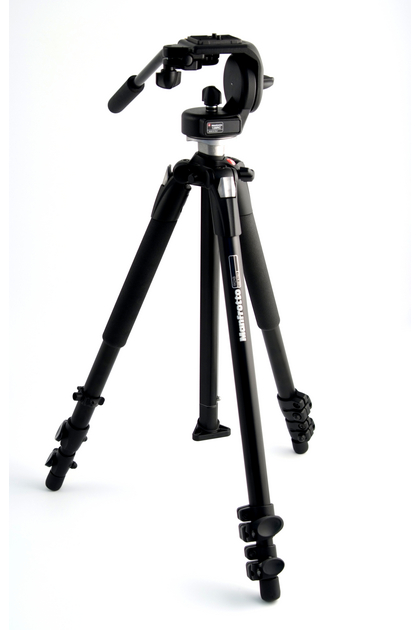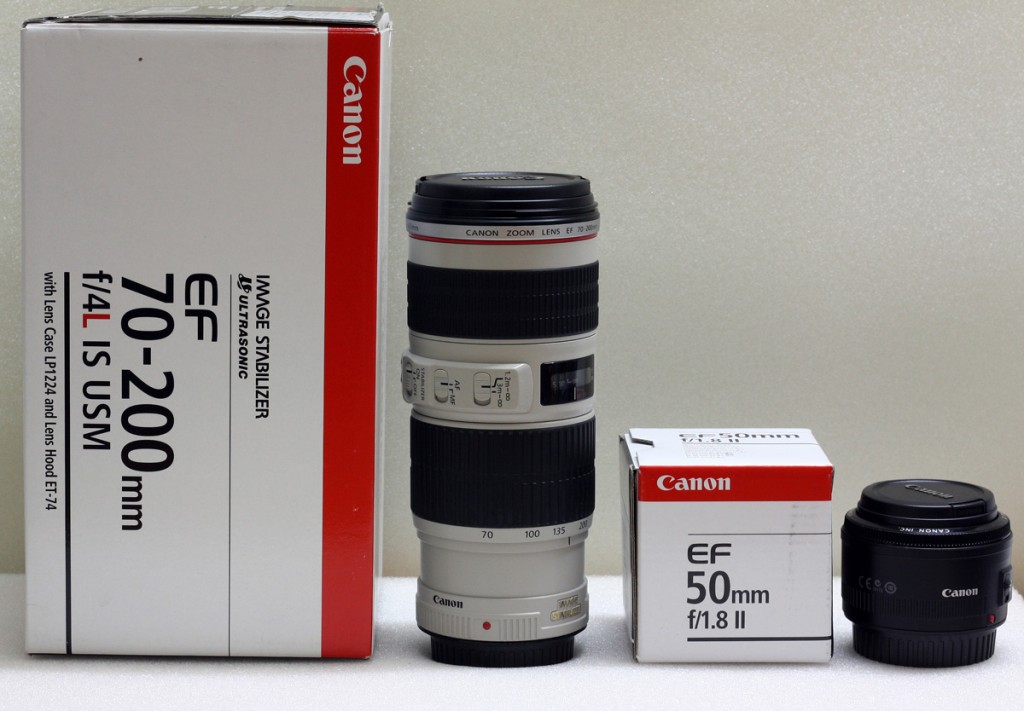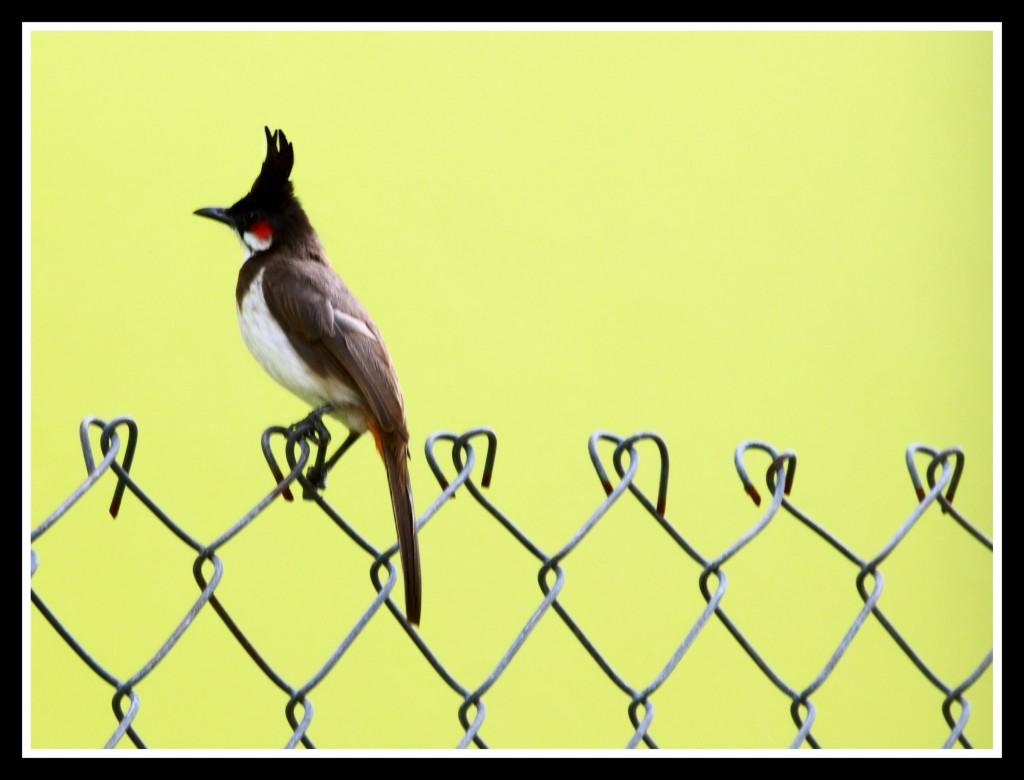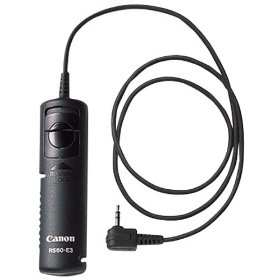How to Avoid Image Blur
If you want the photograph to look and feel good then there should not be any blur in your image. In order to make sure that you take blur-free images, you should know the factors that cause image blur.
Image blur is caused due to many reasons. Firstly, the shutter speed selection. If you are shooting with your camera hand-held then if you go for a slow shutter speed. This can result in an image blur. Secondly, if you are capturing the image at a higher F-number, without using a tripod then you may end up in a blurred image.
Let us see, How blurring of images can be avoided.
1. Use Tripod For Long Exposure shots
When you are taking a long exposure shot, always keep your camera on a tripod. Suppose, if you don’t have a tripod at the time of shooting then keep your camera on any flat surface. At slower shutter speeds you won’t be able to hand-hold your camera. Another option is to form a human tripod. This can reduce the camera shake to an extent.
2. Use Camera/Lens with Image Stabilisation Feature
This is a good option. When you are buying a camera or lens check whether it has got an Image Stabilization feature. This feature is referred to by many names by various companies. In the case of Canon, it is IS (Image Stabilization). For Nikon, it is VR (Vibration Reduction). If it is a point and shoot camera, then the stabilization may or may not be there.
For an interchangeable lens camera, Stabilization will be mostly implemented in the Camera lens, as this is the more bulky part of the camera. Certain companies have implemented this feature in the camera body too. If you are using a camera or a lens with Image stabilization feature then you will be able to capture the image at one or two stops slower shutter speed when compared to a camera or lens without this feature.
3. Focus the image properly
This is an important factor. Lack of proper focusing is the prime reason for image blur. There are normally two types of Focusing. They are manual Focus and Auto Focus. Manual focusing can be mostly seen in slr cameras only, along with Auto focus.
Have a look at the above 2 images. Due to the camera shake, there is some blurring in the image, which is not that much visible in the image. When we do a 100 % crop of the same image (shown in the second image), this blur can be noticed. So, always zoom your images to 100 % after taking a snap to make sure that there are no blurs.
Consider the situation that you are using autofocusing. In this case, initially, you will have to do a half press of the shutter/capture button. This will lock the focus on the subject. Once, the full focus lock is achieved then you can do a full press to capture the image. If you do not do the half-press, then you may end up in a blurred image. In the case of manual focusing, you have to focus on the subject manually by rotating the manual focus ring. Once the subject is in focus, and then you press the capture button fully to capture the image.
4. Follow the thumb rule for the shutter speed
The Thumb rule of shutter speed states that “When you are shooting handheld, never set your shutter speed lower than the selected focal length in mm”. I would like to explain it better with an example. Consider you are using a 50 mm prime lens to capture a shot handheld. Then you should not select a shutter speed slower than 1/50th of a second. If you use a shutter speed lower than this, then you can see some blurring in your image. So, select shutter speeds of 1/50 and above.
5. Use a Remote shutter release
The remote shutter release is a good option to avoid image blur. This option will be available in SLR cameras only. Here, you can release the shutter remotely using different methods. Either you can use a wireless trigger remote or you can use the remote cable trigger. Some SLR cameras do not support the wireless triggering of the shutter. Here you can make use of the remote cable release. To know, which cable release to buy, you will have to check the camera manufacturer’s website.
If you are looking for a wireless trigger, then make sure that your camera supports it. Then you can have a look at the various wireless remotes available on the market. Here you will have to check the range of the remote for knowing the distance up to which you can trigger it.
Since you are using a remote shutter release, the camera will be either resting on a flat surface or attached to a tripod. So, here you can choose any shutter speed and aperture values.
The tips mentioned above can be used to avoid image blur/ camera shake.

Tripod from Manfrotto

Lens with IS & a Lens without IS

Actual Full Image

100 percent Crop of the Actual Image

A Remote cable release from Canon
